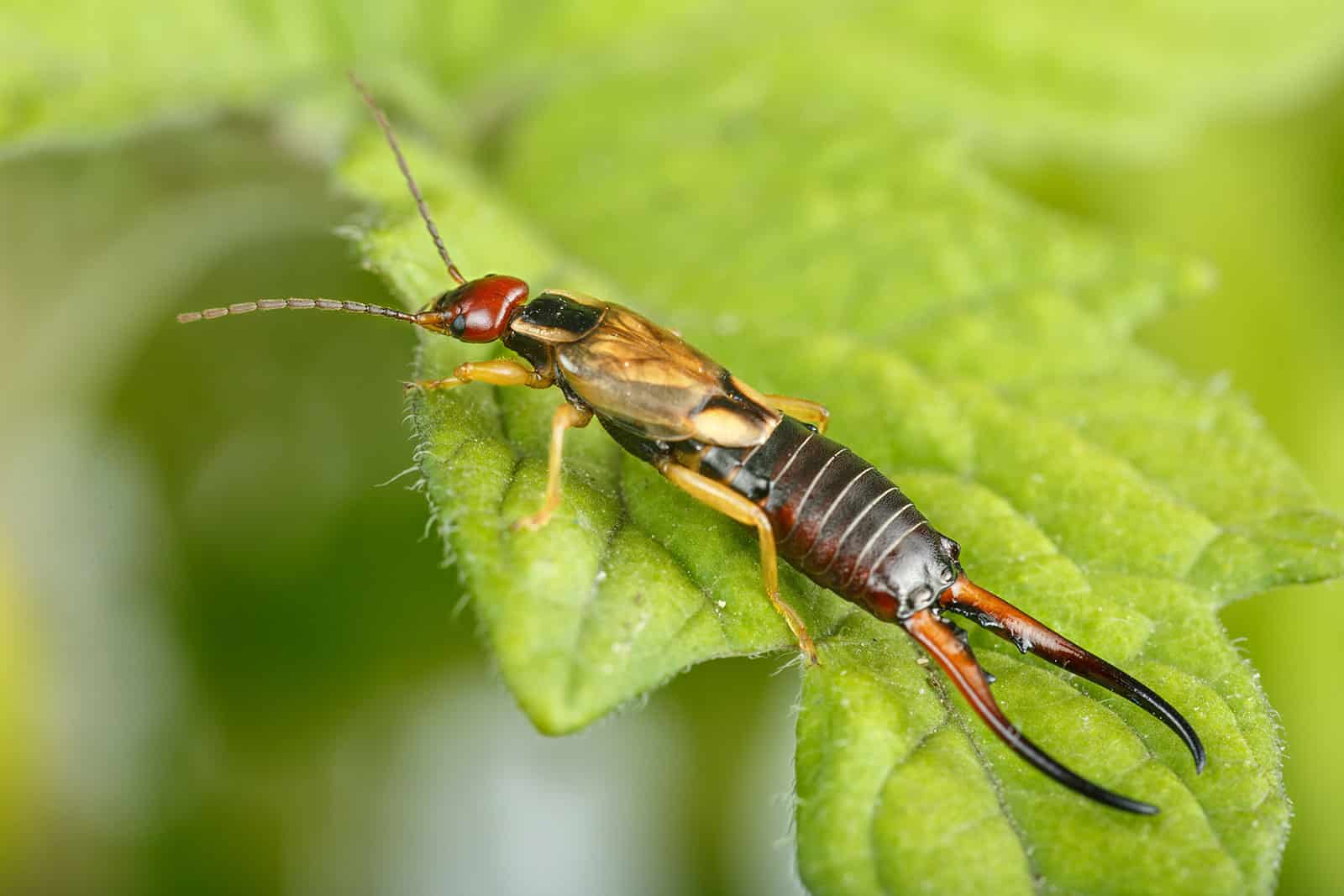Introduction
Earwigs are common garden visitors that can cause frustration for many gardeners. These small, nocturnal insects feed on a variety of plants and can damage flowers, fruits, and vegetables. While they play a role in the ecosystem by consuming decaying plant matter and other insects, an overpopulation can lead to significant garden damage. This article explores proven methods to keep earwigs out of your garden, ensuring your plants stay healthy and vibrant.
Understanding Earwigs and Their Behavior
What Are Earwigs?
Earwigs are elongated insects with pincers on their rear ends. They are primarily nocturnal and seek moist, dark places during the day. Understanding their habits helps in implementing effective control methods.
Why Do Earwigs Invade Gardens?
Earwigs are attracted to gardens because of abundant food sources and shelter. They feed on soft plant tissues, fruits, and occasionally other insects. Moisture and debris provide ideal hiding spots, encouraging them to settle nearby.
Natural Ways to Prevent Earwigs
Maintain a Clean Garden Environment
- Remove garden debris: Clear fallen leaves, mulch piles, and wood scraps where earwigs hide.
- Avoid excessive moisture: Overwatering creates damp conditions that attract earwigs.
Use Physical Barriers and Traps
- Diatomaceous earth: Sprinkle around plants to deter earwigs; it damages their exoskeleton.
- Homemade traps: Roll damp newspapers or place upside-down flower pots filled with damp straw overnight to trap earwigs.
Encourage Natural Predators
Birds, toads, and beneficial insects like ground beetles prey on earwigs. Creating habitats for these predators promotes natural pest control.
Chemical and Organic Treatments
Organic Options
- Neem oil sprays: Effective in repelling earwigs without harming beneficial insects.
- Insecticidal soaps: Target soft-bodied insects like earwigs while being environmentally friendly.
When to Use Chemical Controls
Chemical pesticides should be a last resort due to potential harm to pollinators and soil health. Consult local extension services for approved treatments and apply carefully.
Monitoring and Long-Term Management
Regular Inspection
Check plants regularly, especially after rain or irrigation. Early detection helps prevent infestations.
Adjust Gardening Practices
- Crop rotation: Helps reduce pest buildup.
- Proper pruning: Improves air circulation and reduces moisture.
Expert Tips for Sustainable Earwig Control
- Use sticky barriers on plant stems to prevent earwigs from climbing.
- Water plants in the morning to allow soil to dry during the day.
- Avoid over-fertilizing, which can make plants more attractive to pests.
Conclusion
Keeping earwigs out of your garden requires a combination of good garden hygiene, natural deterrents, and mindful monitoring. By understanding earwig behavior and applying these expert-backed strategies, you can protect your plants and maintain a healthy garden ecosystem. Start with natural methods and escalate only if necessary, ensuring a balanced approach to pest control that benefits both your garden and the environment.
